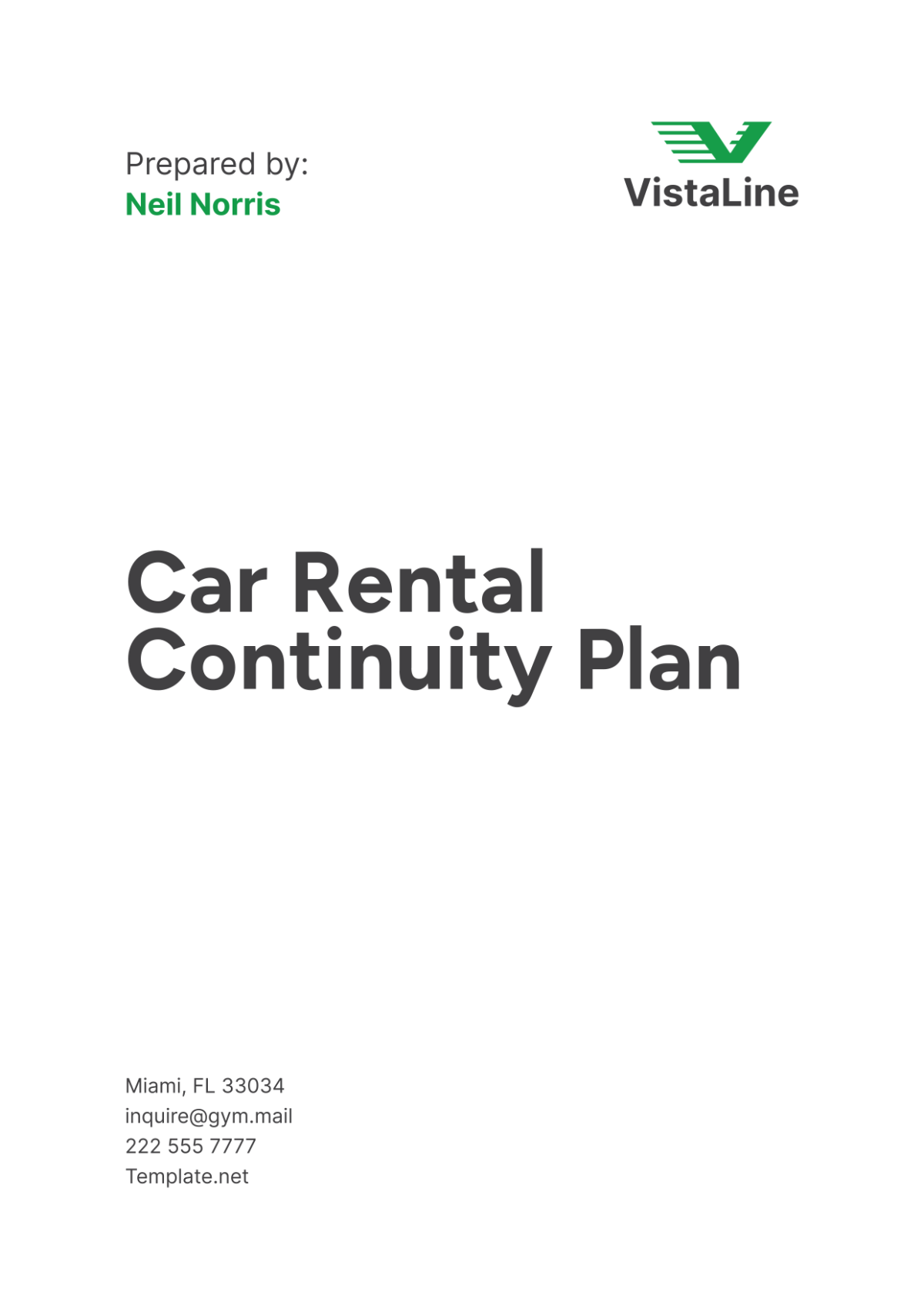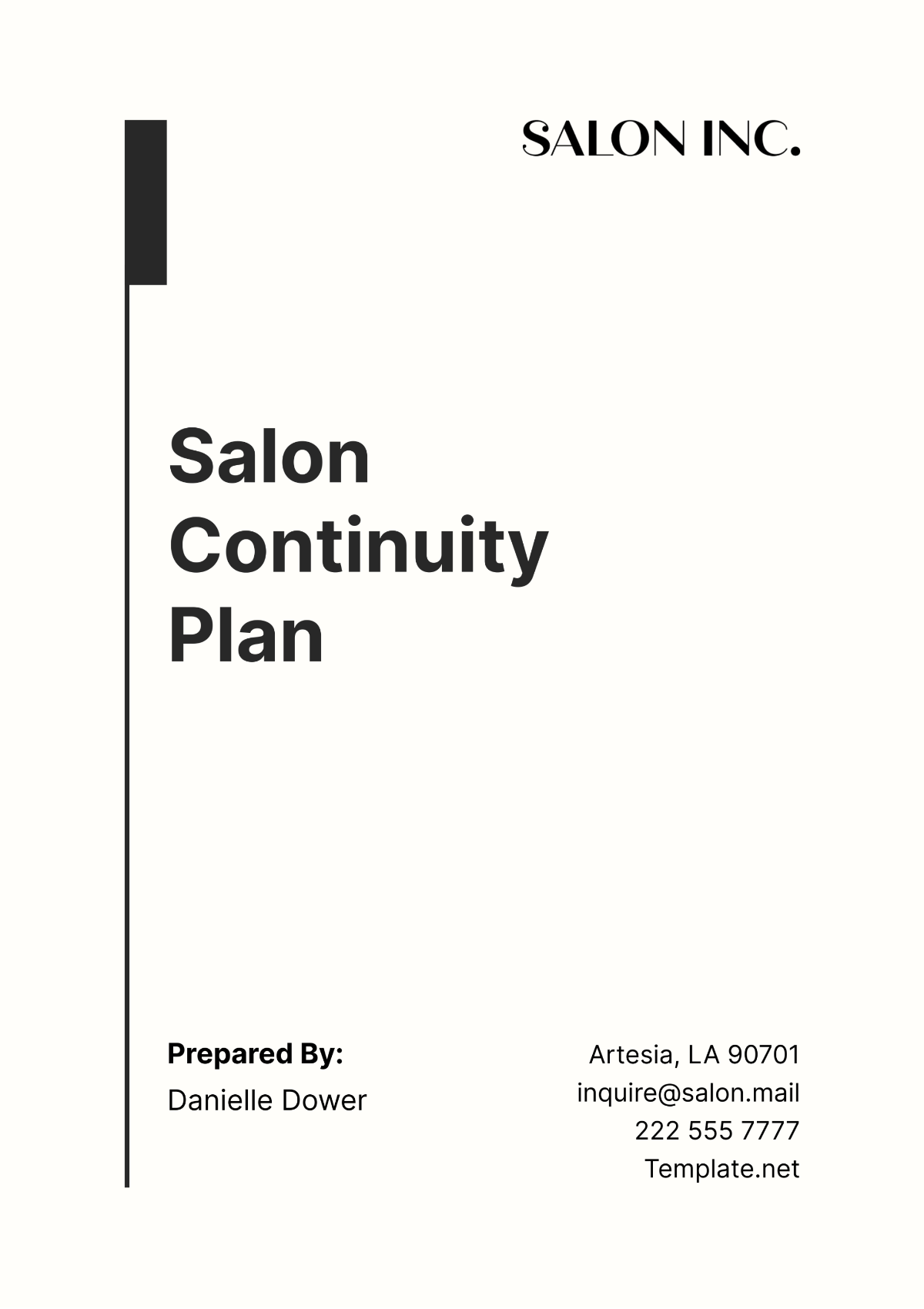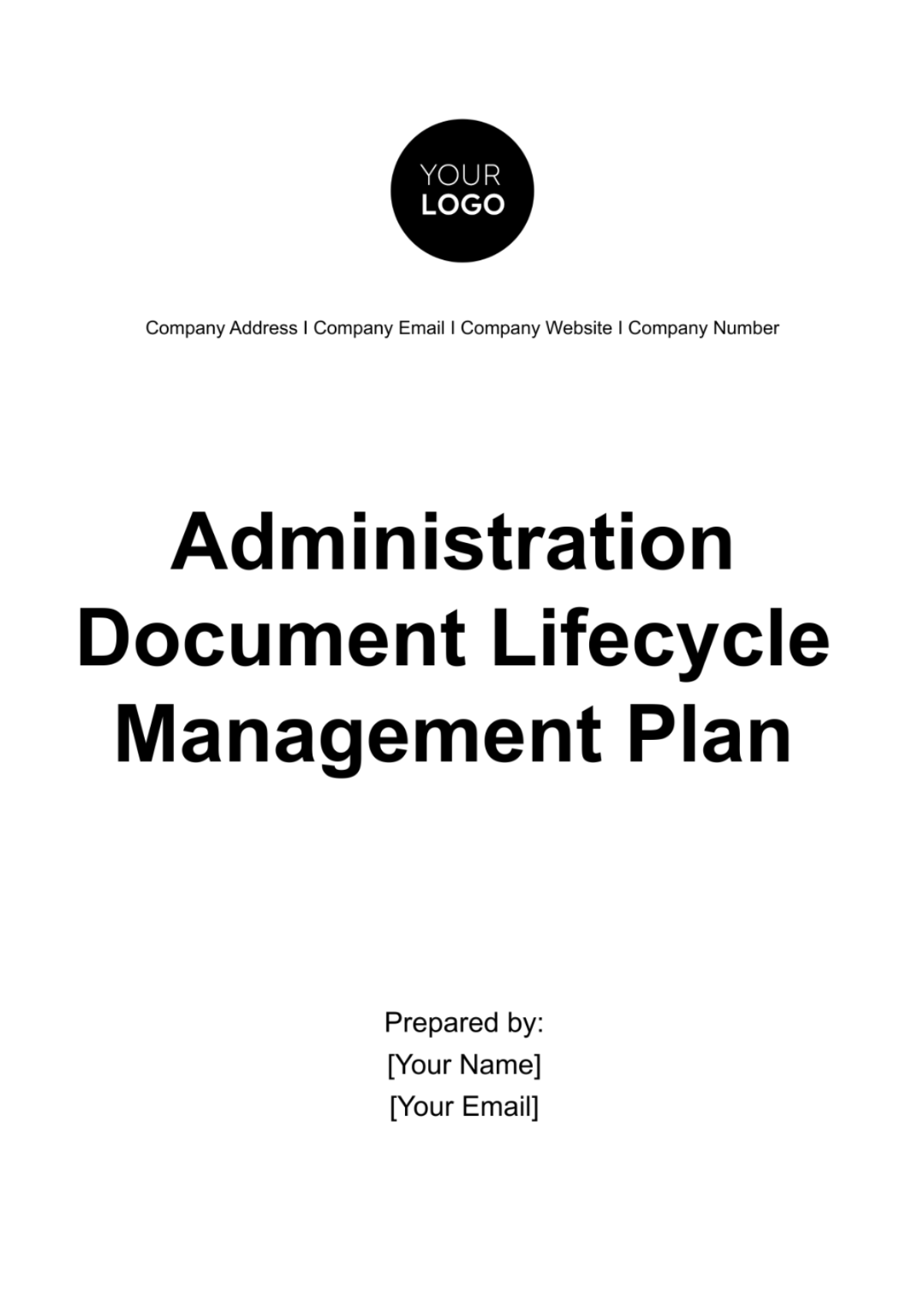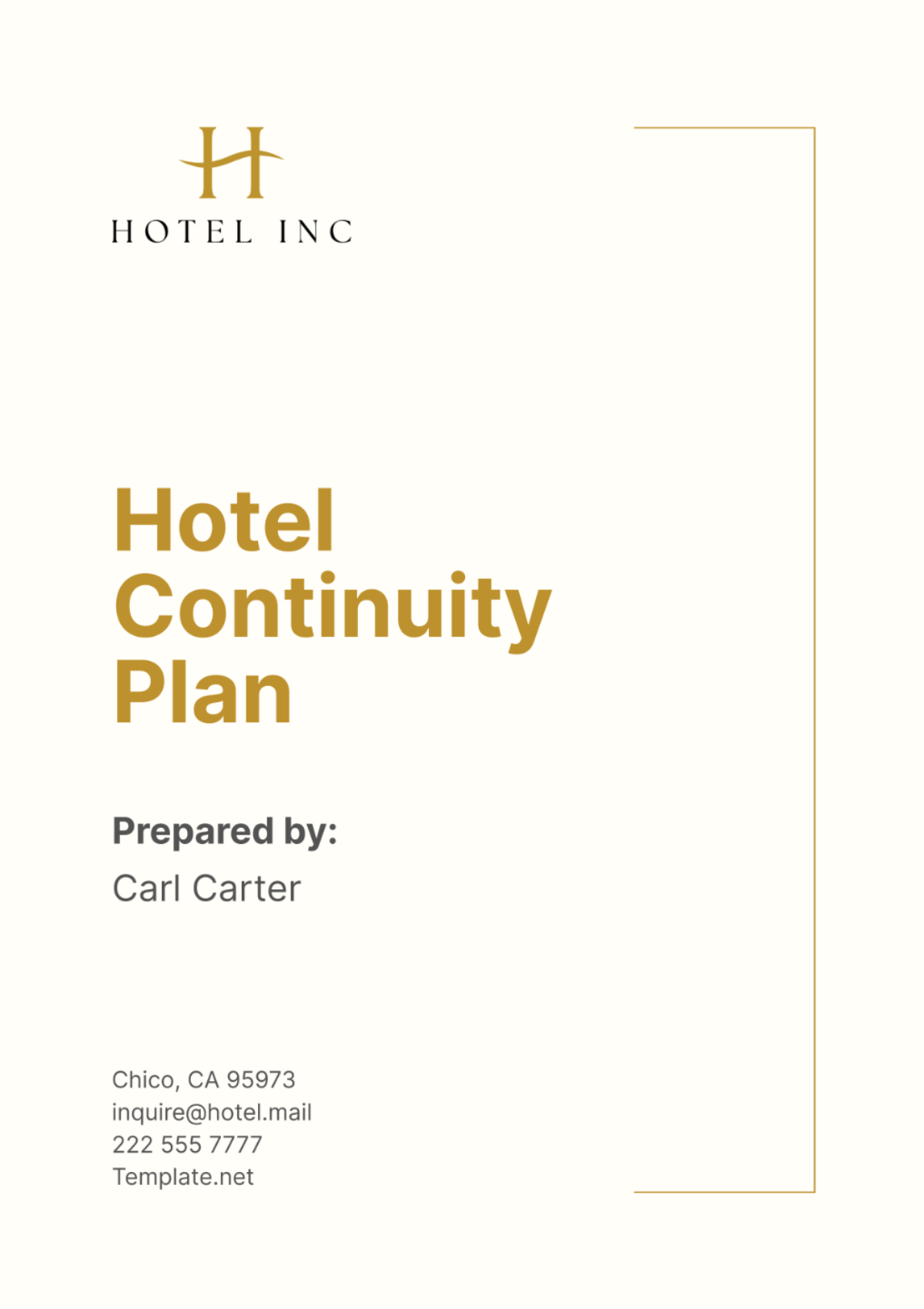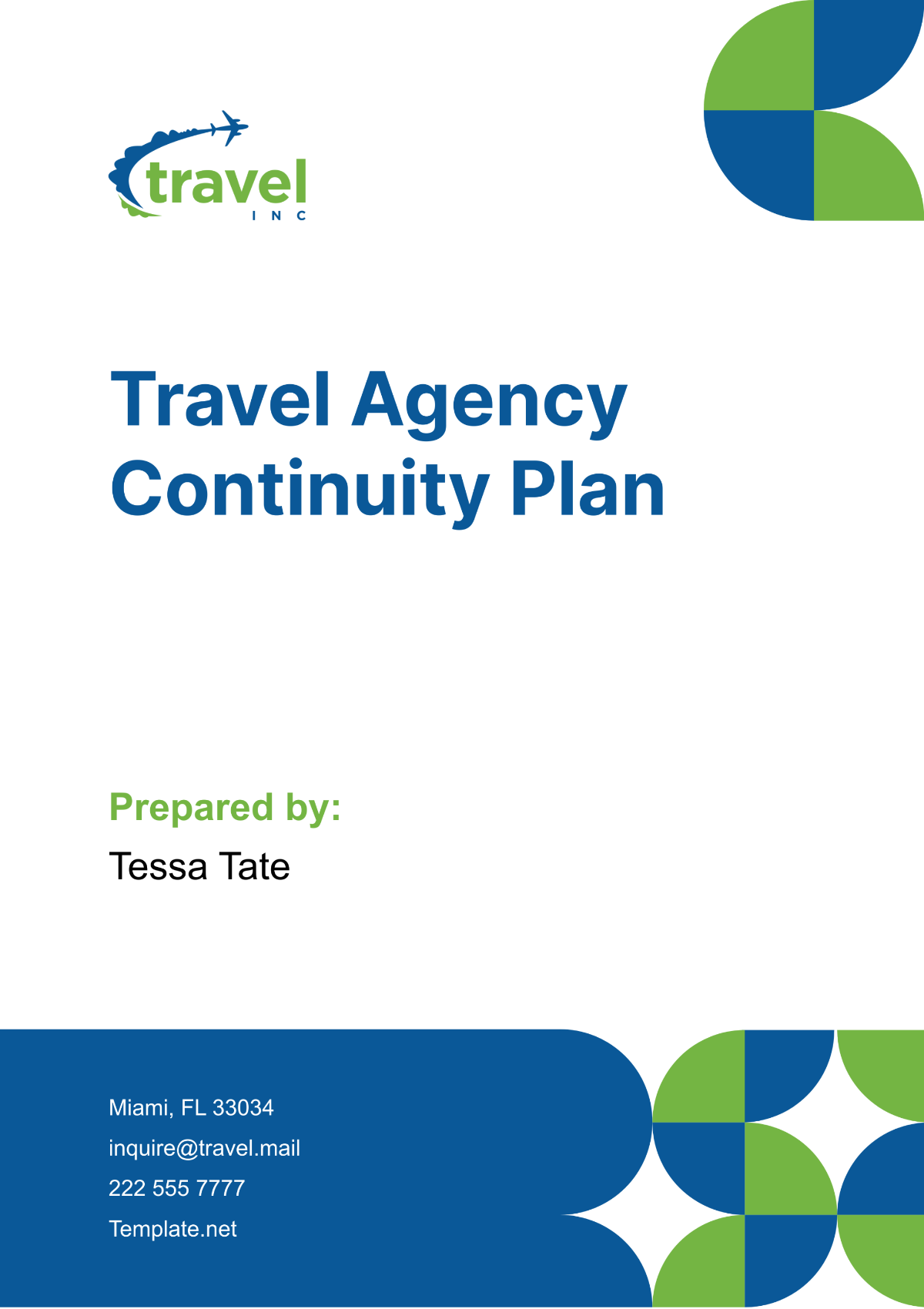I. Overview:
This document outlines the procedures and guidelines for effectively managing administrative documents throughout their lifecycle within [Your Company Name]. By following this plan, we aim to enhance document management efficiency, ensure compliance with regulations, mitigate risks, and improve overall organizational effectiveness.
This table provides a structured overview of the different phases involved in the Administration Document Lifecycle at [Your Company Name], highlighting the key activities and procedures within each phase.
Phase | Description |
|---|---|
Document Creation | Creation, review, and approval of documents, ensuring accuracy and adherence to standards. |
Document Storage | Organized storage of documents with access controls, backups, and version control mechanisms. |
Document Retrieval | Efficient retrieval of documents through indexing, search functionalities, and access controls. |
Document Distribution | Targeted distribution of documents via various channels, ensuring version control and compliance. |
Document Retention | Establishment of retention policies and secure storage, monitoring compliance and disposal when necessary. |
Document Disposal | Secure disposal of documents at the end of their lifecycle, ensuring compliance with data privacy regulations. |
Document Archiving | Preservation of documents with metadata tagging and access controls, ensuring long-term accessibility and integrity. |
II. Document Creation:
In this crucial phase, documents are conceived, drafted, reviewed, and finalized to fulfill organizational needs and objectives. Ensuring accuracy, clarity, and compliance with company standards is paramount. The following comprehensive procedures are involved in the document creation process:
Identification of Need:
Regular assessment of organizational needs to identify gaps or areas requiring documentation.
Stakeholder consultations to determine the purpose, scope, and audience of the document.
Clear documentation of the rationale behind creating or revising the document.
Assignment of Responsibility:
Designation of responsible individuals or teams for document creation, review, and approval.
Allocation of roles and responsibilities to ensure accountability throughout the process.
Clarification of expectations and deadlines for each stage of document creation.
Drafting Process:
Utilization of approved templates and style guides to maintain consistency and professionalism.
Collaborative drafting involving subject matter experts (SMEs) and relevant stakeholders.
Incorporation of feedback and suggestions from all stakeholders to improve the document's quality.
Review and Revision:
Systematic review of the initial draft for accuracy, completeness, and alignment with organizational goals.
Peer review by designated reviewers or teams to identify errors, inconsistencies, or areas for improvement.
Revision of the document based on feedback, ensuring clarity, coherence, and adherence to company standards.
Approval Workflow:
Establishment of an approval workflow outlining the sequence of approvals required for document finalization.
Clear documentation of approval criteria and sign-off procedures for each stakeholder.
Escalation process for unresolved issues or disagreements during the approval stage.
Finalization and Version Control:
Incorporation of final changes and adjustments after all necessary approvals have been obtained.
Version control to track document revisions, ensuring the latest version is always accessible.
Archiving of previous versions for reference and audit trail purposes.
Training and Communication:
Provision of training sessions or resources to educate employees on document creation best practices.
Clear communication of roles, responsibilities, and expectations related to document creation.
Ongoing support and guidance for employees involved in the document creation process.
III. Document Storage:
Efficient and organized document storage is essential for ensuring easy access, security, and compliance within [Your Company Name]. This section outlines comprehensive procedures for managing document storage effectively:
Establishment of Centralized Repository:
Creation of a centralized repository, whether physical or digital, to store all company documents.
Utilization of document management software to facilitate organization, searchability, and access control for digital documents.
Implementation of physical filing systems with clearly labeled folders and cabinets for easy retrieval of hard copy documents.
Categorization and Organization:
Development of a systematic method for categorizing documents based on type, department, project, or other relevant criteria.
Creation of a standardized naming convention for documents to ensure consistency and facilitate searchability.
Regular review and optimization of categorization structures to accommodate evolving business needs.
Access Control and Security Measures:
Implementation of access controls to restrict document access to authorized personnel based on their roles and responsibilities.
Assignment of user permissions to control viewing, editing, and sharing rights for sensitive documents.
Integration of encryption and data loss prevention tools to safeguard confidential information stored in digital documents.
Regular Backup Procedures:
Establishment of regular backup schedules to prevent data loss in the event of system failures, cyberattacks, or other disasters.
Implementation of automated backup solutions for digital documents, with redundant storage locations for added resilience.
Verification of backup integrity through periodic testing and validation procedures.
Version Control Mechanisms:
Implementation of version control mechanisms to track document revisions and prevent confusion over the latest version.
Utilization of versioning features within document management software to maintain a history of changes and revisions.
Enforcement of strict protocols for managing document versions, including check-in/check-out procedures and revision annotations.
Physical Document Protection:
Implementation of physical security measures, such as locked cabinets, access controls, and surveillance systems, to protect hard copy documents.
Regular inventory audits to ensure all physical documents are accounted for and properly stored.
Consideration of environmental factors, such as temperature, humidity, and sunlight exposure, to prevent degradation of paper-based documents.
Training and Documentation Guidelines:
Provision of training sessions or resources to educate employees on proper document storage procedures and best practices.
Creation of documentation guidelines outlining requirements for document storage, naming conventions, and access control policies.
Regular communication and reinforcement of document storage policies to ensure adherence across the organization.
IV. Document Retrieval:
Efficient document retrieval is crucial for facilitating seamless business operations and decision-making processes within [Your Company Name]. This section outlines comprehensive procedures for retrieving documents effectively:
Indexing and Metadata Management:
Implementation of indexing mechanisms to assign relevant keywords, categories, or metadata to documents.
Utilization of structured metadata fields within document management software to facilitate advanced search capabilities.
Regular review and optimization of indexing strategies to improve search accuracy and efficiency.
Search Functionality Integration:
Integration of robust search functionalities within the document management system to enable quick and accurate retrieval of documents.
Implementation of advanced search filters, including date range, file type, author, and keyword, to narrow down search results.
Provision of intuitive search interfaces with predictive text suggestions and auto-complete features to enhance user experience.
Access Control and Permissions:
Enforced access controls to ensure that users can only retrieve documents for which they have appropriate permissions.
Integration of role-based access control (RBAC) mechanisms to restrict document access based on user roles and responsibilities.
Implementation of granular permission settings to control viewing, editing, and sharing rights for sensitive documents.
Document Retrieval Protocols:
Establishment of standardized procedures for requesting and retrieving documents, including designated request channels and response timelines.
Documentation of retrieval protocols outlining step-by-step instructions for accessing documents through the document management system.
Provision of support resources, such as user guides or FAQs, to assist employees in navigating the document retrieval process.
Advanced Search Techniques:
Training employees on advanced search techniques, such as Boolean operators, wildcard characters, and proximity searches, to refine search queries and improve results.
Implementation of natural language processing (NLP) algorithms to enhance search relevancy by understanding user queries in context.
Continuous monitoring and analysis of search queries to identify patterns and optimize search algorithms accordingly.
Integration with Business Processes:
Integration of document retrieval functionalities with key business processes, such as project management, customer service, and regulatory compliance.
Establishment of automated workflows to trigger document retrieval tasks based on predefined criteria or events.
Seamless integration with other enterprise systems, such as customer relationship management (CRM) or enterprise resource planning (ERP) software, to provide a unified view of relevant documents.
Continuous Improvement and Feedback Loop:
Regular solicitation of feedback from users regarding their document retrieval experiences, including usability, performance, and satisfaction.
Analysis of user feedback to identify areas for improvement and implement iterative enhancements to the document retrieval process.
Ongoing monitoring of system performance metrics, such as search speed and accuracy, to identify and address performance bottlenecks proactively.
V. Document Distribution:
Efficient document distribution ensures timely access to relevant information for stakeholders within [Your Company Name], facilitating collaboration and informed decision-making. This section outlines comprehensive procedures for distributing documents effectively:
Identification of Target Audience:
Identification of the appropriate audience for each document based on relevance, roles, and responsibilities.
Segmentation of stakeholders into groups to tailor document distribution according to their specific needs and interests.
Consideration of language preferences, geographical locations, and communication preferences when determining the target audience.
Selection of Distribution Channels:
Evaluation of various distribution channels, including email, intranet portals, document management systems, and collaboration platforms.
Selection of the most suitable distribution channels based on factors such as audience reach, accessibility, and security requirements.
Utilization of multiple distribution channels for reaching diverse audiences and ensuring redundancy in communication.
Version Control and Document Formatting:
Verification of document versions to ensure that the latest version is being distributed to stakeholders.
Formatting of documents to optimize readability and compatibility across different distribution channels and devices.
Implementation of version control mechanisms to prevent the distribution of outdated or unauthorized versions of documents.
Secure Document Sharing:
Implementation of secure document-sharing protocols to protect sensitive information during distribution.
Utilization of encryption techniques and access controls to safeguard document integrity and confidentiality.
Provision of secure file transfer mechanisms, such as password-protected links or secure file transfer protocols (SFTP), for transmitting confidential documents.
Tracking and Monitoring:
Implementation of tracking mechanisms to monitor document distribution and receipt status.
Utilization of delivery confirmation features and read receipts to track document delivery and acknowledgment by recipients.
Regular monitoring of distribution metrics, such as open rates and click-through rates, to assess the effectiveness of distribution strategies.
Compliance and Legal Considerations:
Adherence to legal and regulatory requirements governing document distribution, including data privacy laws and industry regulations.
Implementation of document retention policies to ensure compliance with recordkeeping obligations during distribution.
Provision of disclaimers or confidentiality notices to inform recipients of the legal implications of the distributed documents.
Feedback and Communication:
Solicitation of feedback from stakeholders regarding the effectiveness and relevance of distributed documents.
Establishment of channels for receiving feedback and addressing any concerns or questions raised by recipients.
Regular communication with stakeholders to provide updates on document distribution schedules, changes, or revisions.
VI. Document Retention:
Document retention is essential for [Your Company Name] to meet legal, regulatory, and operational requirements while efficiently managing information assets. This section outlines comprehensive procedures for managing document retention effectively:
Development of Retention Policies:
Collaboration with legal, compliance, and industry experts to establish comprehensive retention policies.
Identification of legal and regulatory requirements governing document retention, including statutes of limitations and industry-specific regulations.
Documentation of retention periods for different types of documents based on their legal, operational, and historical significance.
Retention Schedule Management:
Creation of a centralized retention schedule outlining the retention periods for various document categories.
Regular review and update of the retention schedule to reflect changes in regulations, business practices, or organizational requirements.
Alignment of retention schedules with business processes to ensure consistent application across the organization.
Document Classification and Tagging:
Implementation of document classification systems to categorize documents based on their retention requirements.
Utilization of metadata tagging to associate documents with their corresponding retention schedules and disposal instructions.
Integration of document classification and tagging functionalities within the document management system for automated retention management.
Storage and Access Controls:
Secure storage of retained documents in compliance with data protection regulations and industry best practices.
Implementation of access controls to restrict access to retained documents to authorized personnel only.
Provision of audit trails and access logs to track document access and ensure compliance with access control policies.
Monitoring and Enforcement:
Regular monitoring of document retention practices to identify deviations from established retention policies.
Implementation of enforcement mechanisms to ensure adherence to retention schedules and disposal procedures.
Conducting periodic audits and assessments to verify compliance with retention policies and address any non-compliance issues.
Disposal Procedures:
Development of secure disposal procedures for disposing of documents at the end of their retention periods.
Utilization of shredding, incineration, or digital wiping methods to irreversibly destroy documents beyond recovery.
Documentation of disposal activities, including date, method, and responsible personnel, for recordkeeping and audit trail purposes.
Legal Hold and Litigation Management:
Implementation of procedures for placing legal holds on documents subject to litigation, investigation, or regulatory inquiry.
Suspension of document disposal activities for documents covered by a legal hold to ensure preservation of relevant evidence.
Collaboration with legal counsel and relevant stakeholders to manage document production and disclosure requirements during legal proceedings.
VII. Document Disposal:
When documents reach the end of their useful life, they need to be disposed of securely. Our document disposal process includes:
Identification of Documents for Disposal:
Regular assessment of document inventory to identify records that have reached the end of their retention period.
Collaboration with legal, compliance, and records management teams to ensure accurate identification of disposable documents.
Documentation of disposal criteria and decision-making processes for transparency and accountability.
Secure Disposal Methods:
Utilization of secure disposal methods, such as shredding, pulverizing, or incineration, to irreversibly destroy physical documents.
Implementation of digital wiping or degaussing techniques to securely erase electronic documents beyond recovery.
Verification of disposal effectiveness through periodic testing and validation of disposal methods.
Disposal Procedures and Protocols:
Establishment of documented disposal procedures outlining step-by-step instructions for handling and disposing of documents.
Assignment of disposal responsibilities to designated personnel or teams with clear roles and authorities.
Adherence to disposal protocols to ensure consistency and compliance with established procedures.
Disposal Verification and Documentation:
Verification of document disposal activities through physical or digital confirmation mechanisms.
Documentation of disposal activities, including date, method, and responsible personnel, for audit trail and compliance purposes.
Retention of disposal records in accordance with retention policies to support regulatory compliance and accountability.
Compliance with Data Privacy Regulations:
Adherence to data privacy regulations, such as the General Data Protection Regulation (GDPR) and the California Consumer Privacy Act (CCPA), when disposing of documents containing personal or sensitive information.
Implementation of data masking or anonymization techniques to protect privacy during document disposal, where applicable.
Collaboration with legal counsel and data protection officers to ensure compliance with applicable data privacy laws and regulations.
Employee Training and Awareness:
Provision of training sessions or resources to educate employees on proper document disposal procedures and data security best practices.
Reinforcement of employee awareness through regular communication and reminders about the importance of secure document disposal.
Integration of document disposal training into onboarding programs for new employees to instill a culture of compliance from the outset.
Continuous Improvement and Compliance Monitoring:
Regular review and enhancement of document disposal procedures based on lessons learned, industry best practices, and regulatory updates.
Implementation of compliance monitoring mechanisms to track adherence to document disposal policies and identify areas for improvement.
Collaboration with internal audit teams and external compliance experts to conduct periodic assessments of document disposal practices and identify opportunities for optimization.
VIII. Document Archiving:
Some documents may need to be archived for long-term preservation or historical reference. Our document archiving process includes:
Identification of Archivable Documents:
Assessment of document retention schedules to identify records eligible for archiving based on their historical, legal, or operational significance.
Collaboration with subject matter experts, legal counsel, and regulatory specialists to ensure accurate identification of archivable documents.
Documentation of archiving criteria and decision-making processes to maintain transparency and consistency.
Selection of Archival Storage Systems:
Evaluation of archival storage systems, including physical archives, digital repositories, and cloud-based solutions, based on scalability, security, and accessibility requirements.
Selection of archival storage systems that support long-term preservation, metadata management, and searchability functionalities.
Implementation of redundant storage and backup mechanisms to safeguard archived documents against data loss or corruption.
Document Preparation and Migration:
Preparation of documents for archiving, including cleaning, sorting, and digitizing physical records, where applicable.
Migration of documents to the archival storage system following standardized procedures and data integrity verification protocols.
Validation of document migration processes to ensure completeness, accuracy, and consistency of archived data.
Metadata Tagging and Indexing:
Assignment of metadata tags and indexing attributes to archived documents to facilitate retrieval and categorization.
Utilization of standardized metadata schemas and controlled vocabularies to ensure consistency and interoperability across archived collections.
Integration of metadata tagging and indexing functionalities within the archival storage system for automated metadata management.
Access Controls and Security Measures:
Implementation of access controls to restrict access to archived documents to authorized personnel based on their roles and responsibilities.
Utilization of encryption, access logging, and audit trails to safeguard archived documents against unauthorized access or tampering.
Provision of secure authentication mechanisms, such as multi-factor authentication (MFA) and role-based access control (RBAC), to control document access.
Preservation Planning and Lifecycle Management:
Development of preservation plans outlining strategies for maintaining the integrity, authenticity, and accessibility of archived documents over time.
Establishment of migration and refreshment schedules to periodically migrate archived documents to newer formats or storage technologies to prevent obsolescence.
Collaboration with preservation experts and archival professionals to ensure compliance with archival standards and best practices.
Continuous Monitoring and Quality Assurance:
Regular monitoring of archived documents to ensure continued accessibility, relevance, and compliance with archival policies and standards.
Implementation of quality assurance processes, including periodic audits and assessments, to verify the completeness, accuracy, and usability of archived collections.
Collaboration with internal stakeholders and external experts to address any issues or challenges related to document archiving and preservation.
IX. Conclusion:
By implementing the Administration Document Lifecycle Management Plan for [Your Company Name], we aim to streamline document management processes, enhance organizational efficiency, and ensure compliance with regulatory requirements. This plan will serve as a guiding framework for managing administrative documents throughout their lifecycle, from creation to disposal or archival. Through continuous review and improvement, we will strive to optimize our document management practices and support the overall success of our organization.
